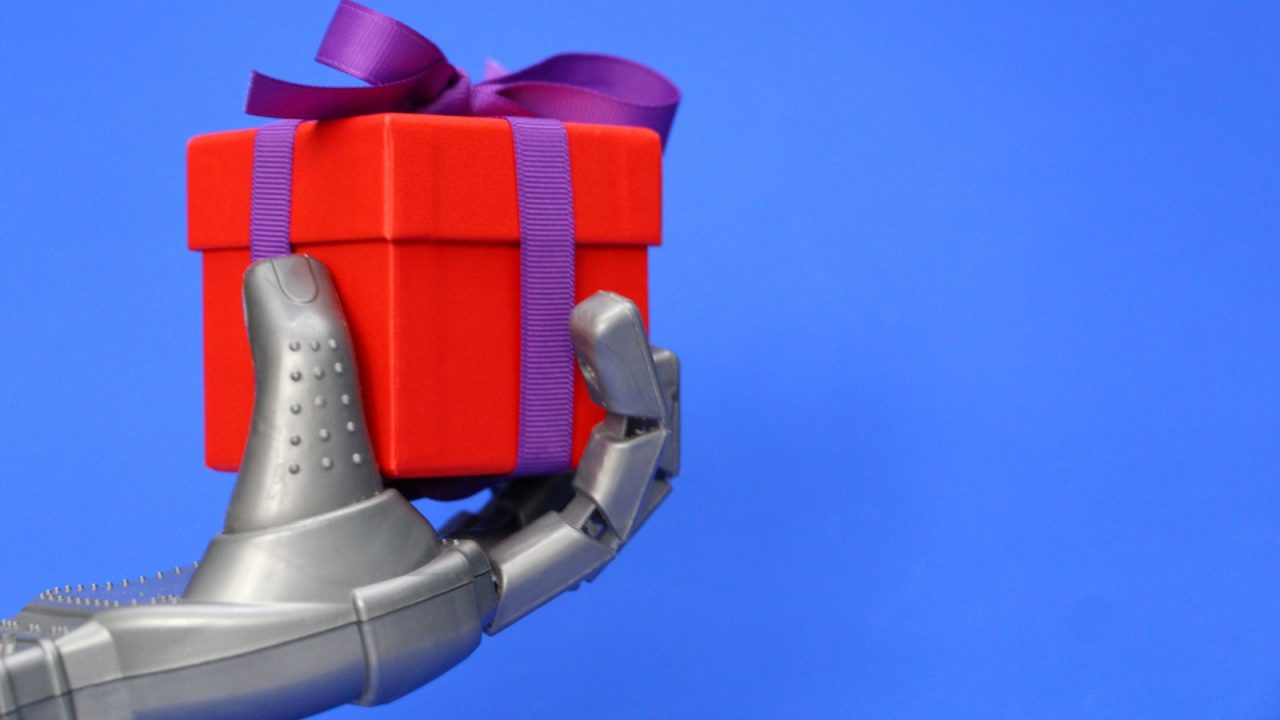This is the fifth and final installment in a series of sit-down interviews with Matt Abeles, ABC’s Vice President of Construction Technology and Innovation. Discover where the industry stands on a variety of technologically focused topics at the height of current events.
Construction Executive: What is so critical about jobsite monitoring?
Matt Abeles: Jobsite monitoring is important for many reasons. I think the ability to have multiple stakeholders—owners, general contractors, subcontractors and back office—see what’s going on at a jobsite shows progress. Being able to use 360° photos to document a project at day one and at ten months ensures that people get paid and assures that stakeholders can see things are moving in the right direction on your jobsite.
CE: How is a visual command center created?
MA: A visual command center allows an owner to walk through a jobsite. A person—or company—doesn’t need to put on virtual reality glasses. There are multiple technologies that do it, such as StructionSite, OpenSpace and HoloBuilder. And it allows people to transition from an iPhone to an iPad to a computer and highlight different areas, as well as view updates by those onsite.
CE: Since there is no worn headset (like when using AR and VR), how is “walking a site” different?
MA: If you were to work with three different people in three different areas and walk through a jobsite, this technology would allow you to see the documentation, the photos and the videos.
Now, if you want to virtually walk through a BIM model and get into those details, VR can create those more granular dynamics. VR is a great way to look at a rendering and collaborate before a site is built, but these site solutions are better suited for when the site is being built—when you’re already in the midst of it.
CE: What other hardware factors into site monitoring technology?
MA: The cameras come in different shapes and sizes—and they can attach to a phone or a helmet.
Drones are also used in tandem with some platforms because, from a safety perspective, drones can view locations that people can’t. It’s helpful to view 100 stories up without putting a worker in harm’s way. Drones also enable companies to monitor progress and plan production.
CE: From a software perspective, how hands-on do contractors need to be?
MA: With DroneDeploy, for instance, although it’s a software, they will assist with finding a vetted pilot if you don’t already have a trained staff member onsite.
But the rest of the data—the photos and documentation—are available for review at anytime.
CE: Besides jobsite monitoring, are there other types of monitoring contractors should be researching?
MA: Weather.com spends a lot of money gathering data on predicting where weather is going to be on jobsites. Pillar measures environmental metrics, like the temperature or humidity or carbon dioxide levels at a jobsite. Field Control Analytics measures the limits of a jobsite, provides badges for employees and ensures a site is secure.
CE: Is there an app or a universal product that combines these features?
MA: Most of the companies out there do integrate with Procore and Autodesk, which are the leading project management solutions in construction. If you’re looking for all-in-one solutions, Procore connects and integrates with multiple resources. But Autodesk is buying companies that fill in the gaps, such as BuildingConnected to help with some of the preconstruction work. Similarly, under the Oracle branch, they have purchased many companies, such as Textura to assist with streamlining invoicing and payments. Each of these covers the needs for a jobsite under one umbrella.
CE: How does jobsite monitoring impact construction safety measures?
MA: During the COVID-19 pandemic, we’re at a time where security is an issue because some states don’t allow for as many people onsite or a site may not be an “essential business.” So that creates a potential problem if no one is able to be at the site. Jobsite monitoring covers security, such as video livestream and motion detection, in addition to its other features.
It’s also good to know where equipment and tools are. Theft of tools and materials can add up to millions of dollars. For example, Milwaukee Tool uses a One-Key technology that attaches to all small equipment in order to track where tools are and ensure they are not stolen. Solutions like Tenna can track data on larger equipment.
CE: Are these solutions worth the expense?
MA: What you don’t want to do is put a price on someone’s safety because you shouldn’t have to. I think that’s where people are willing to spend the money to keep a safer jobsite and ABC wants to be the leader in safety. There’s a reason we have partnered with safety technology companies. What I’m trying to do in my role is make sure we add to our world class safety program (including STEP) and bring in technology to amplify those efforts.







